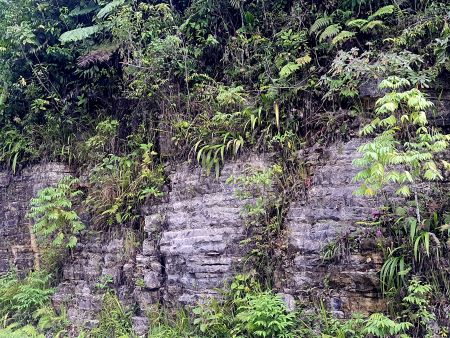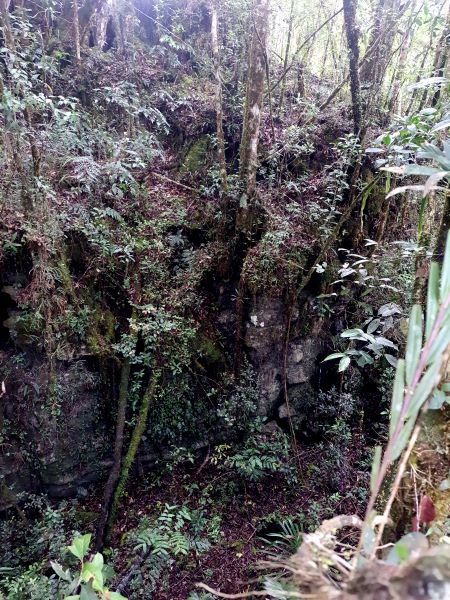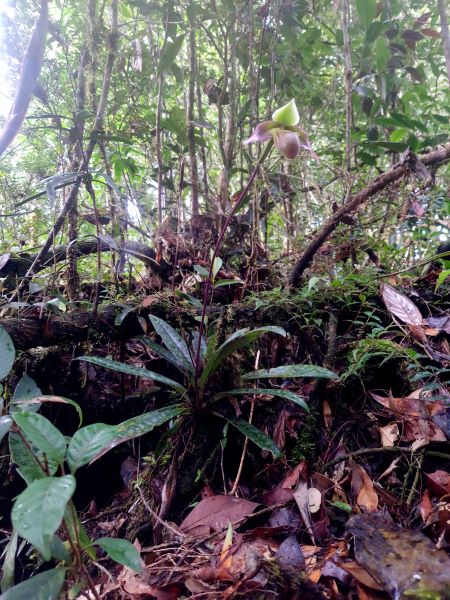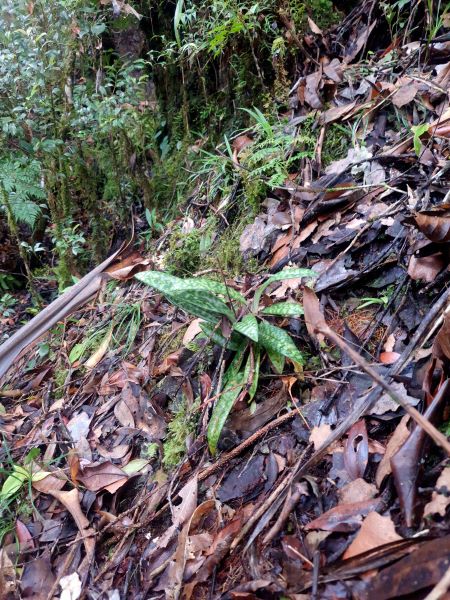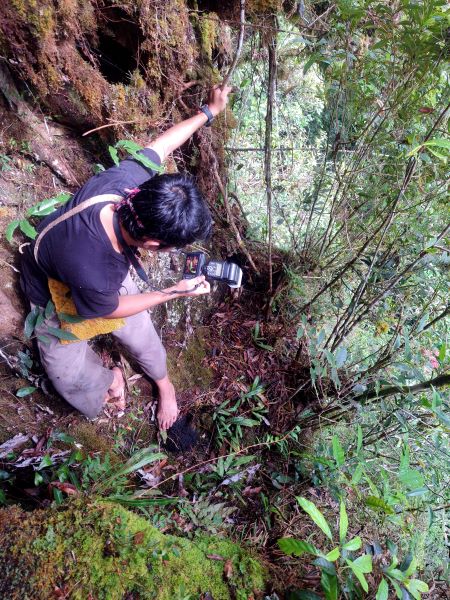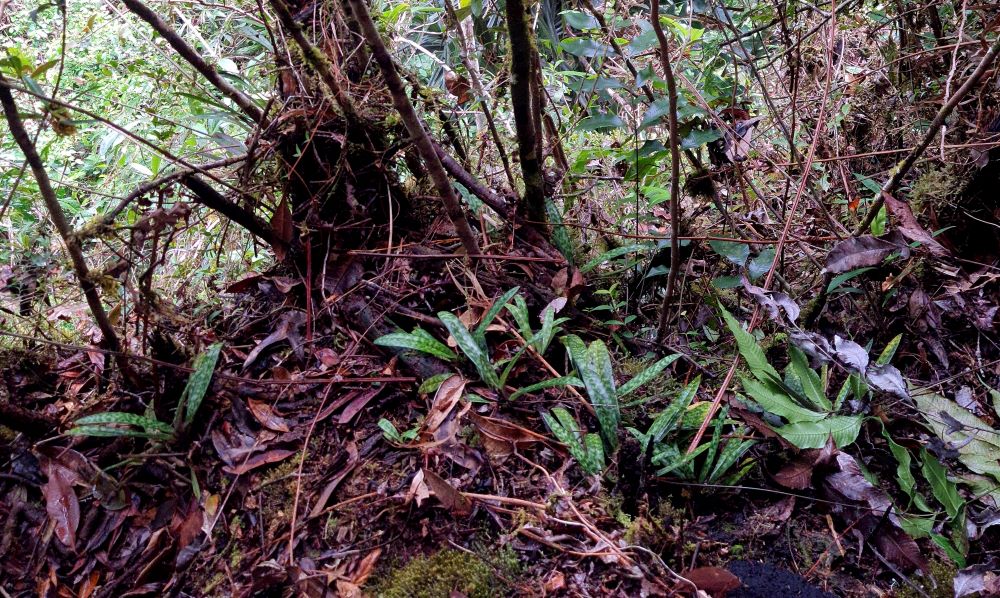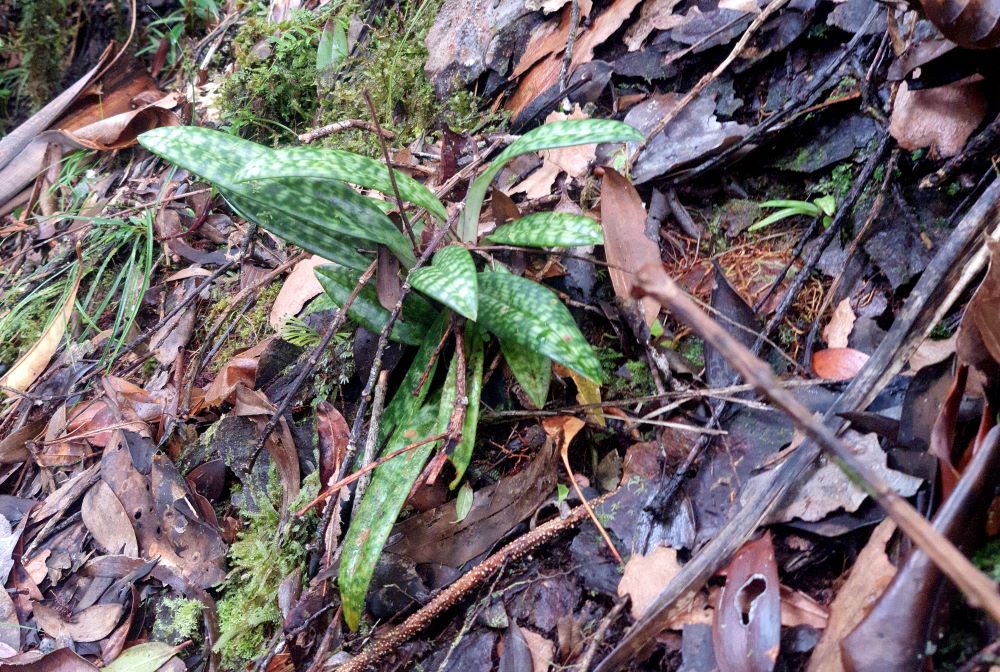Paph. papuanum is a constant source of confusion among lady's slipper orchid enthusiasts - this name is used for two species.
The following map with the locations may provide a better understanding. The localities of the individual species were communicated to me by Boscha Popow - one of the best experts on the locations of Paphiopedilum:
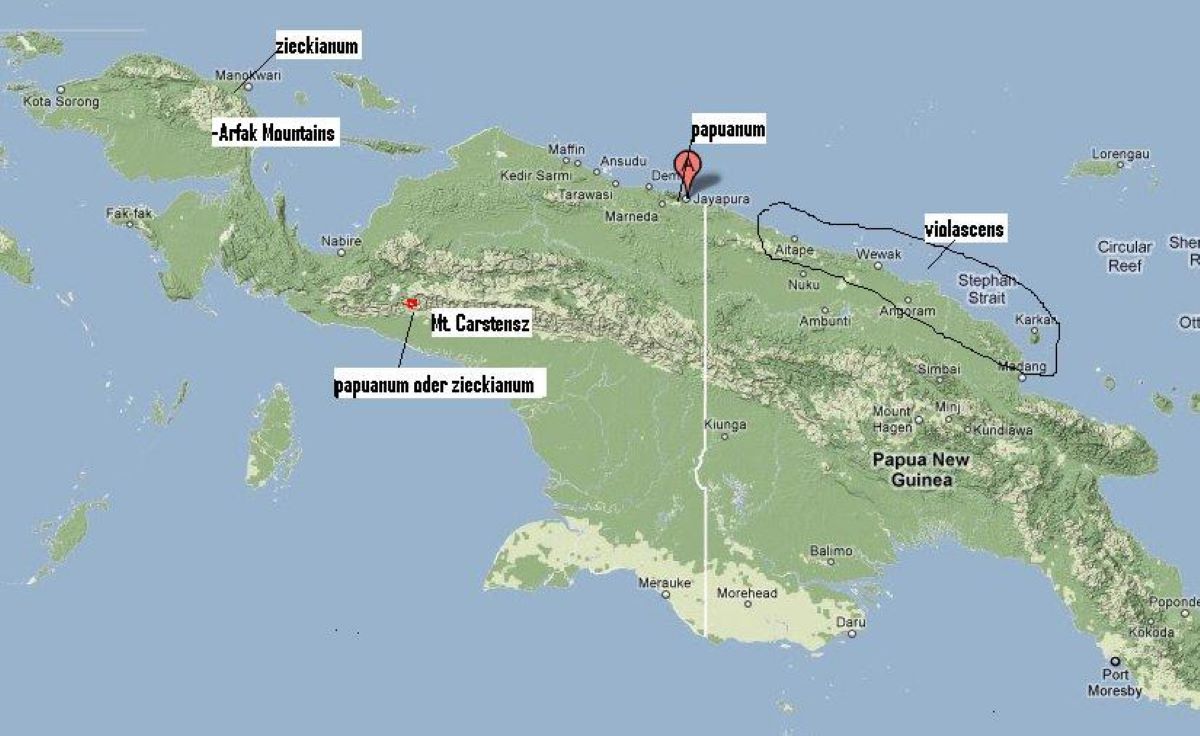
Paph. papuanum as Paph. violascens:
Paph. violascens was only found in the northern part or the offshore islands of Papua New Guinea - no plants have been imported to Europe from this location in the last 50 years.
The plants of this species that have been traded with us were collected from the north-east coast of Irian Jaya. These species have been identified and traded as Paph. papuanum
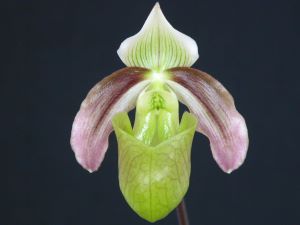
comparison photos from an orchid friends:
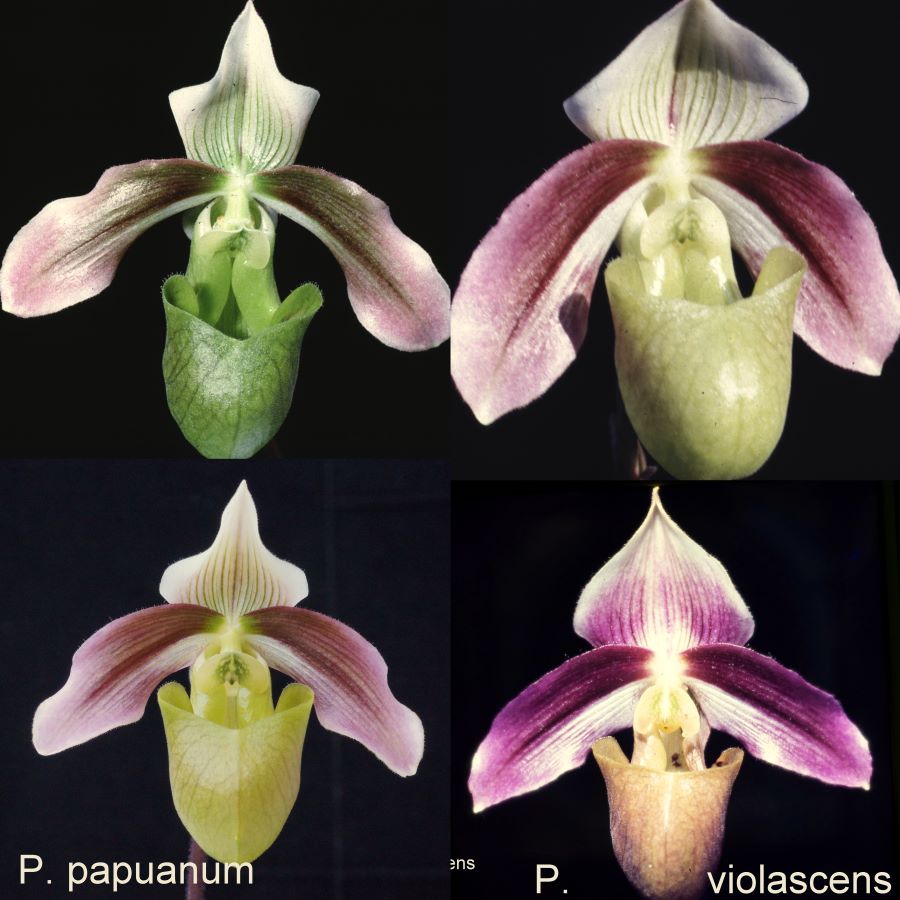
in situ:
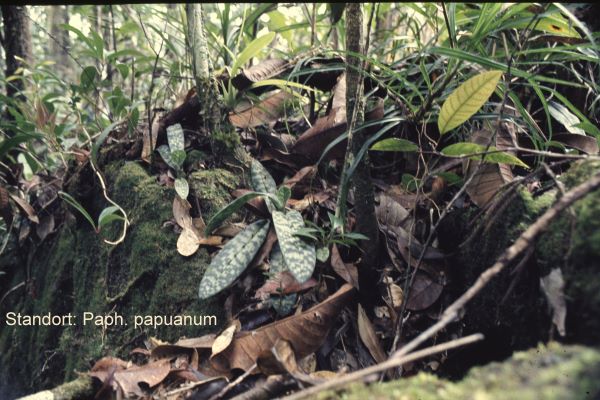
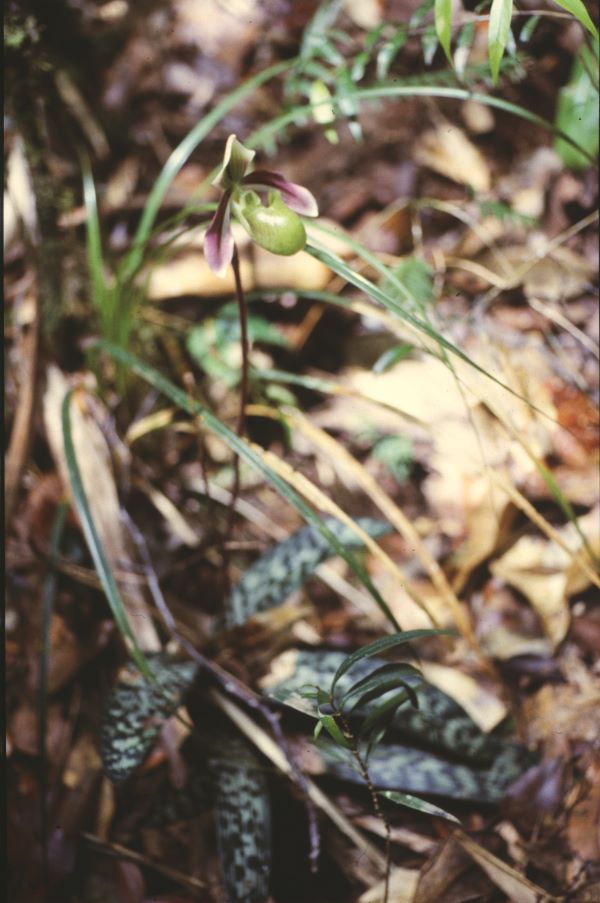
Paph. papuanum as Paph. zieckianum:
Paph. ziekianum was founded in 1967 by Dr. SCHOSER described in the journal "Die Orchidee" as a new species from the Arfak Mountains near the town of Manokwari from Vogelkopf (Irian Jaya, Indonesia).
In the years that followed, no other plants from this region were imported to Europe.
Plants from near the town of Manokwari were not imported again until the turn of the century. On closer examination, it was now established that these plants of the species Paph. papuanum were quite similar.
Although the original Paph. papuanum were found many hundreds of kilometers to the east on Mount Carstenz (Irian Jaya) and have not reappeared to this day, taxonomists classified the plants just mentioned as Paph. papuanum and put Paph. zieckianum as a synonym for Paph. papuanum.
Paphiopedilum papuanum WILLIAMS
Section: Barbata
Synonym: Paph. ziekianum
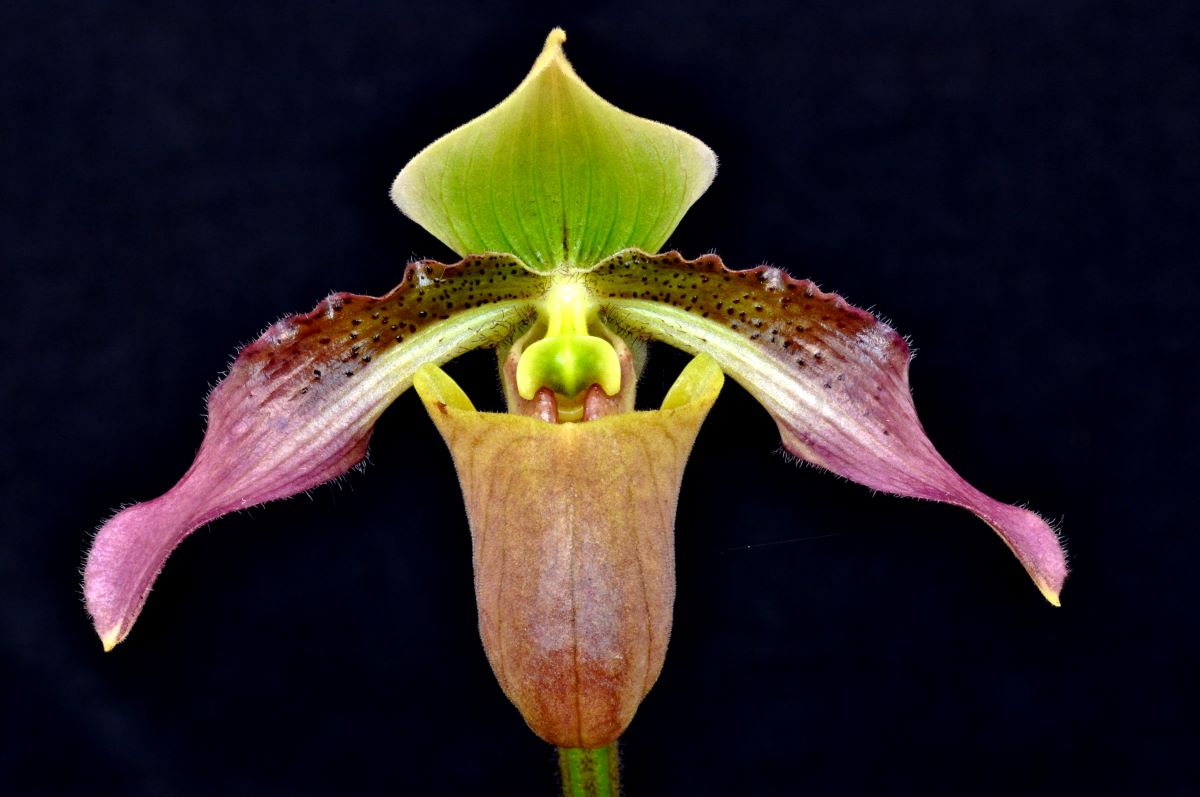
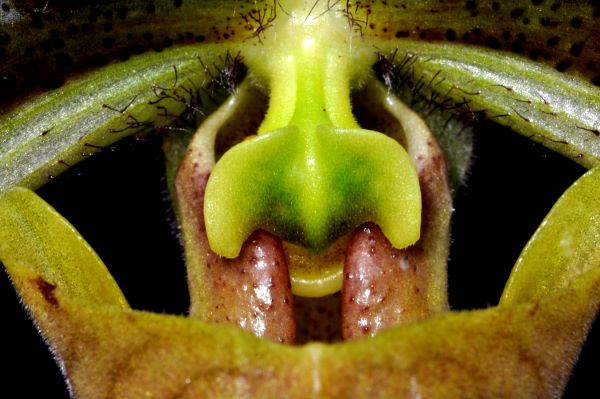
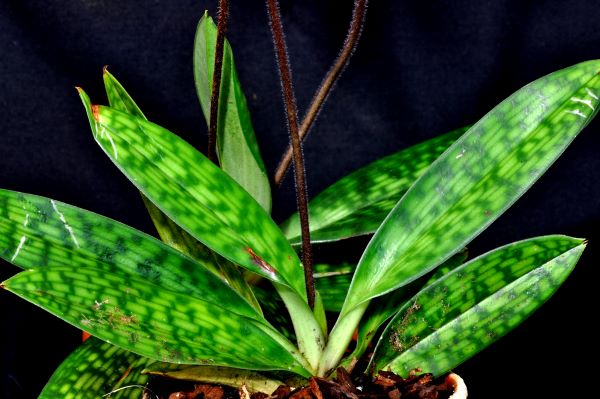
Both varieties such as "semialba and "alba" have emerged from this species:
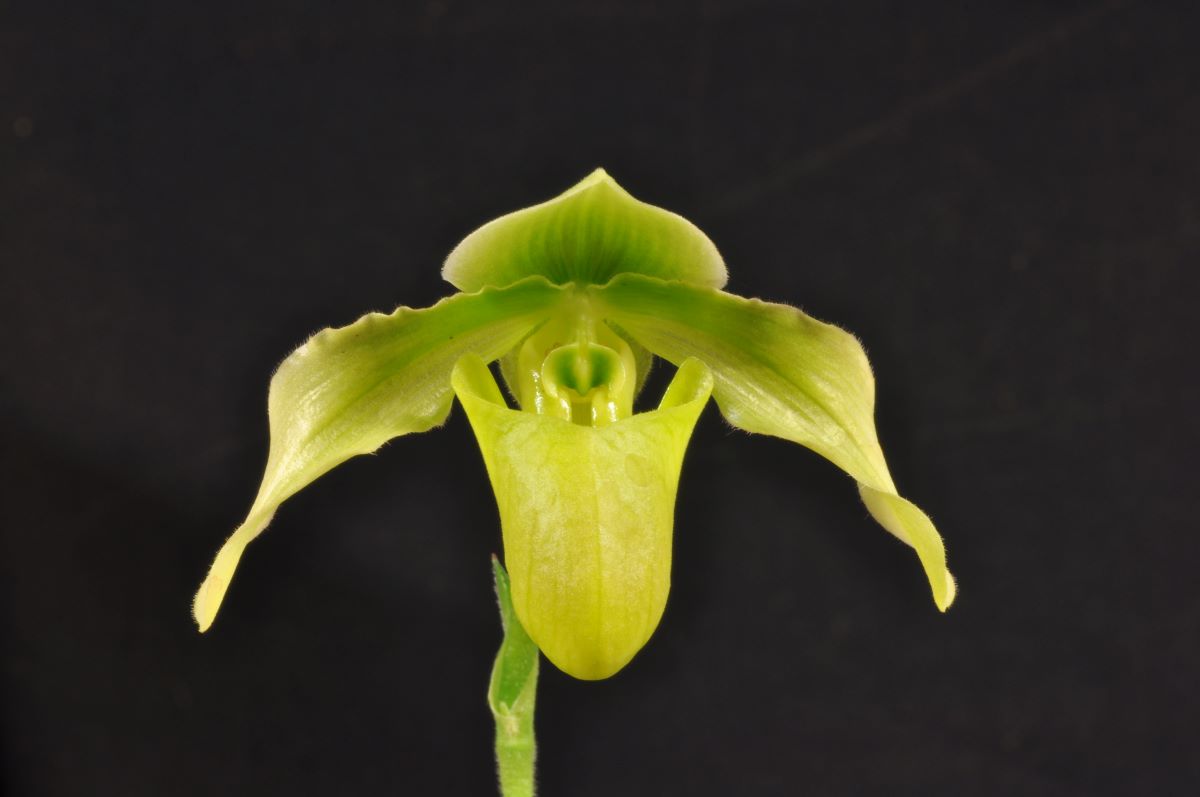
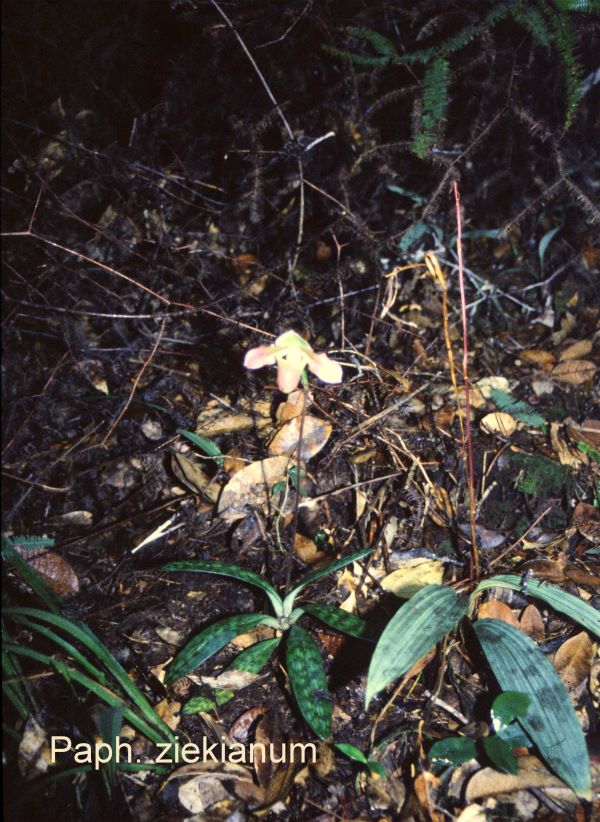
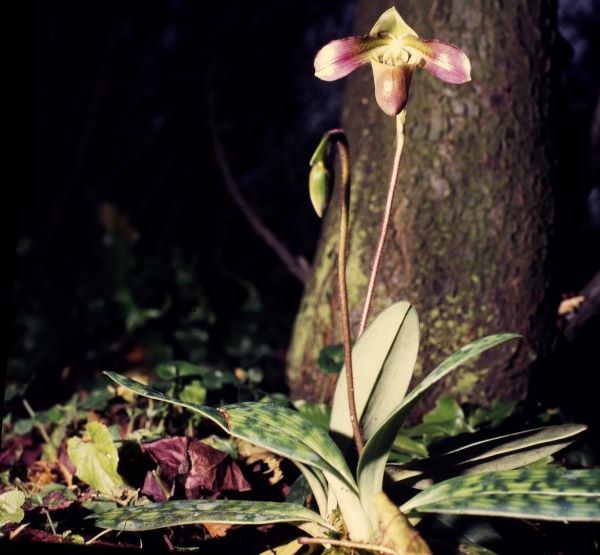
New locations of Paph. papuanum:
In an article in the Australian newspaper (read Blog: Paph. sandyanum vs Paph. papuanum) it has become known that further locations of Paph. papuanum in the Fakfak region, but also further north of it.
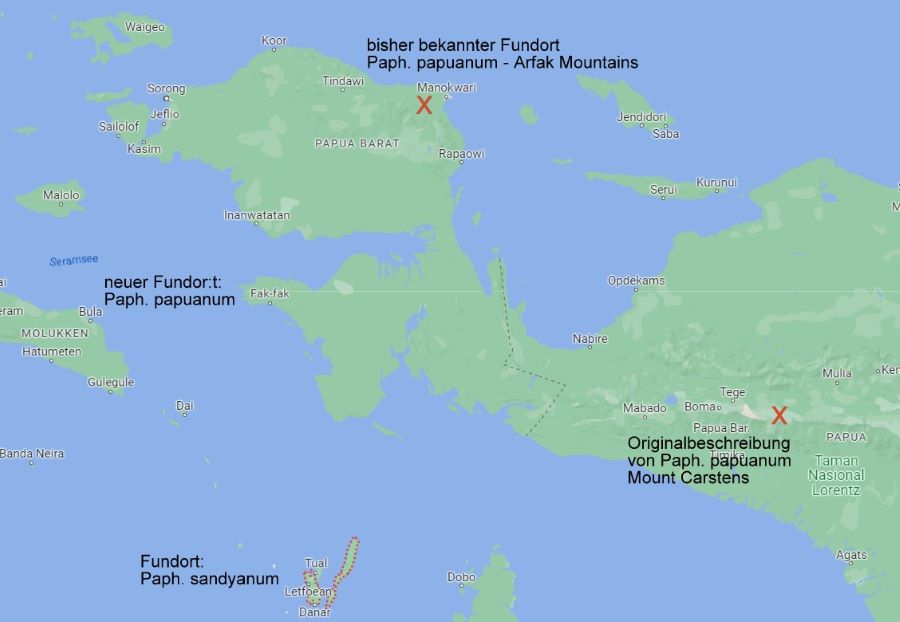
The following pictures from the fakfak region were kindly made available to me by Reza SAPUTRA:
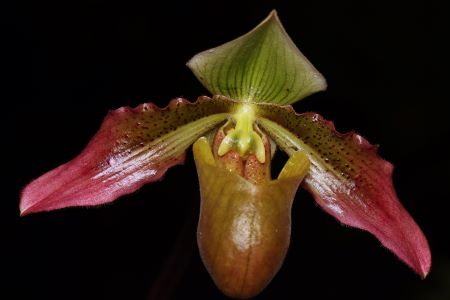
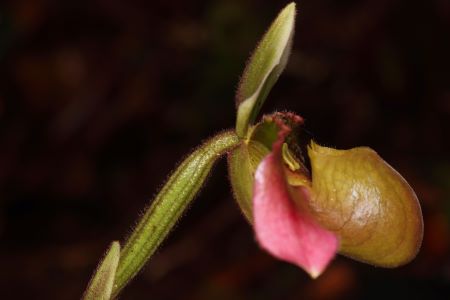

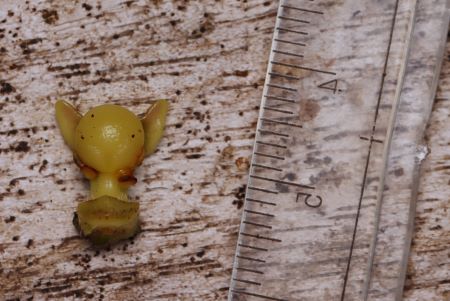
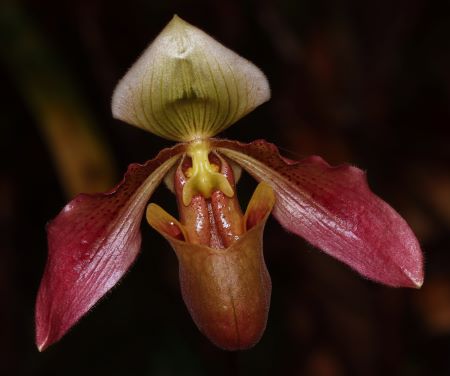

more pictures from the location:
